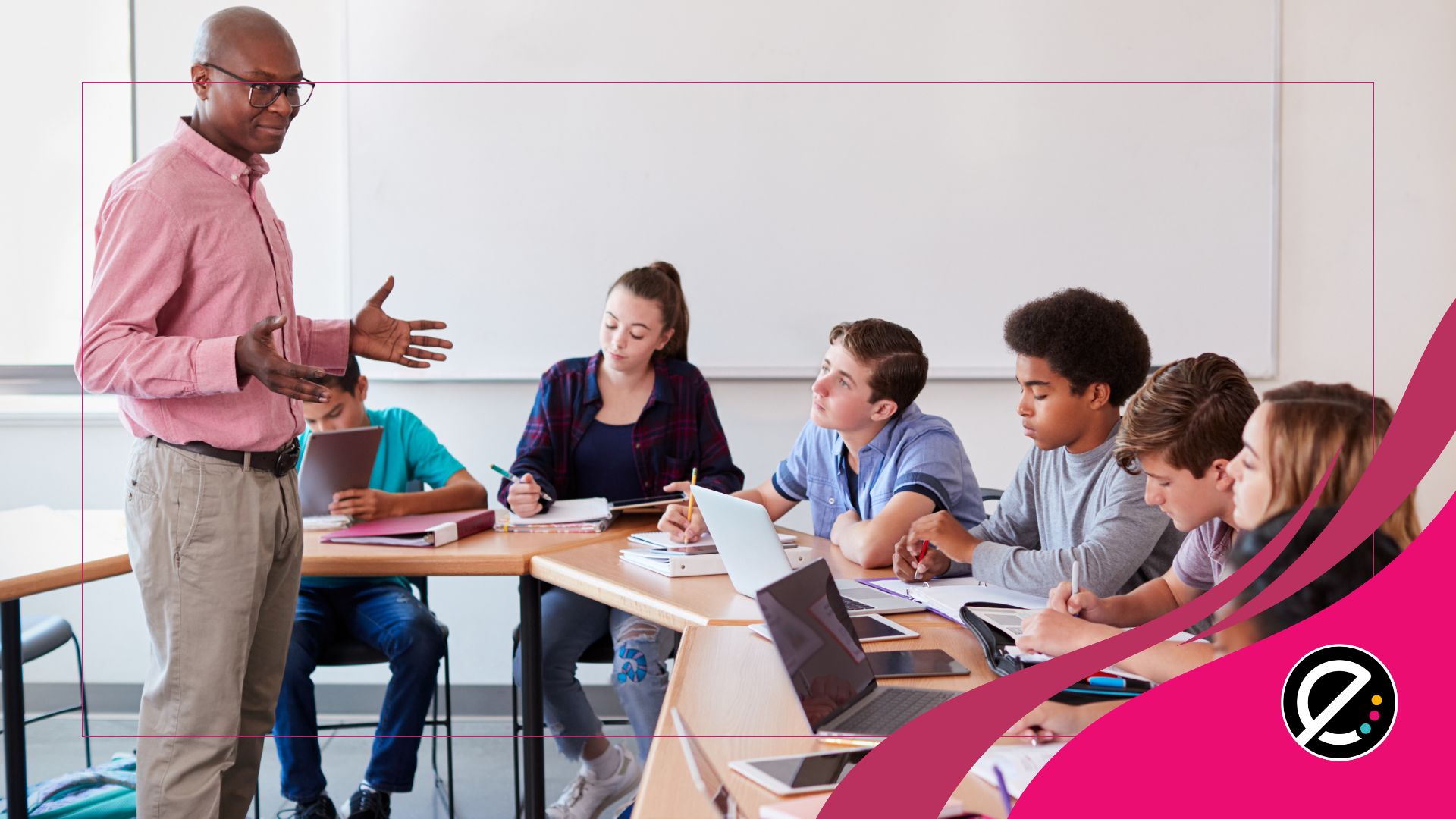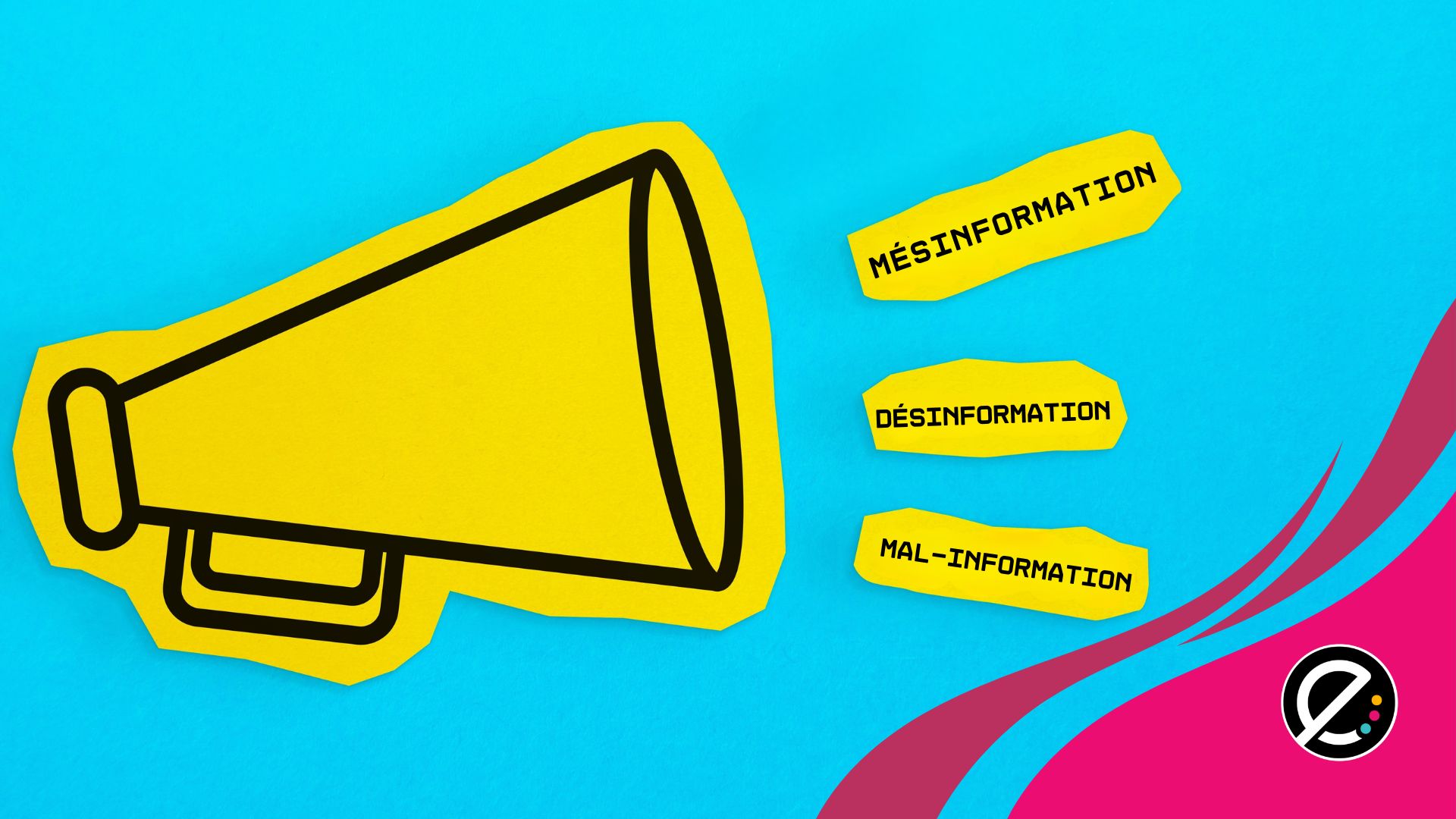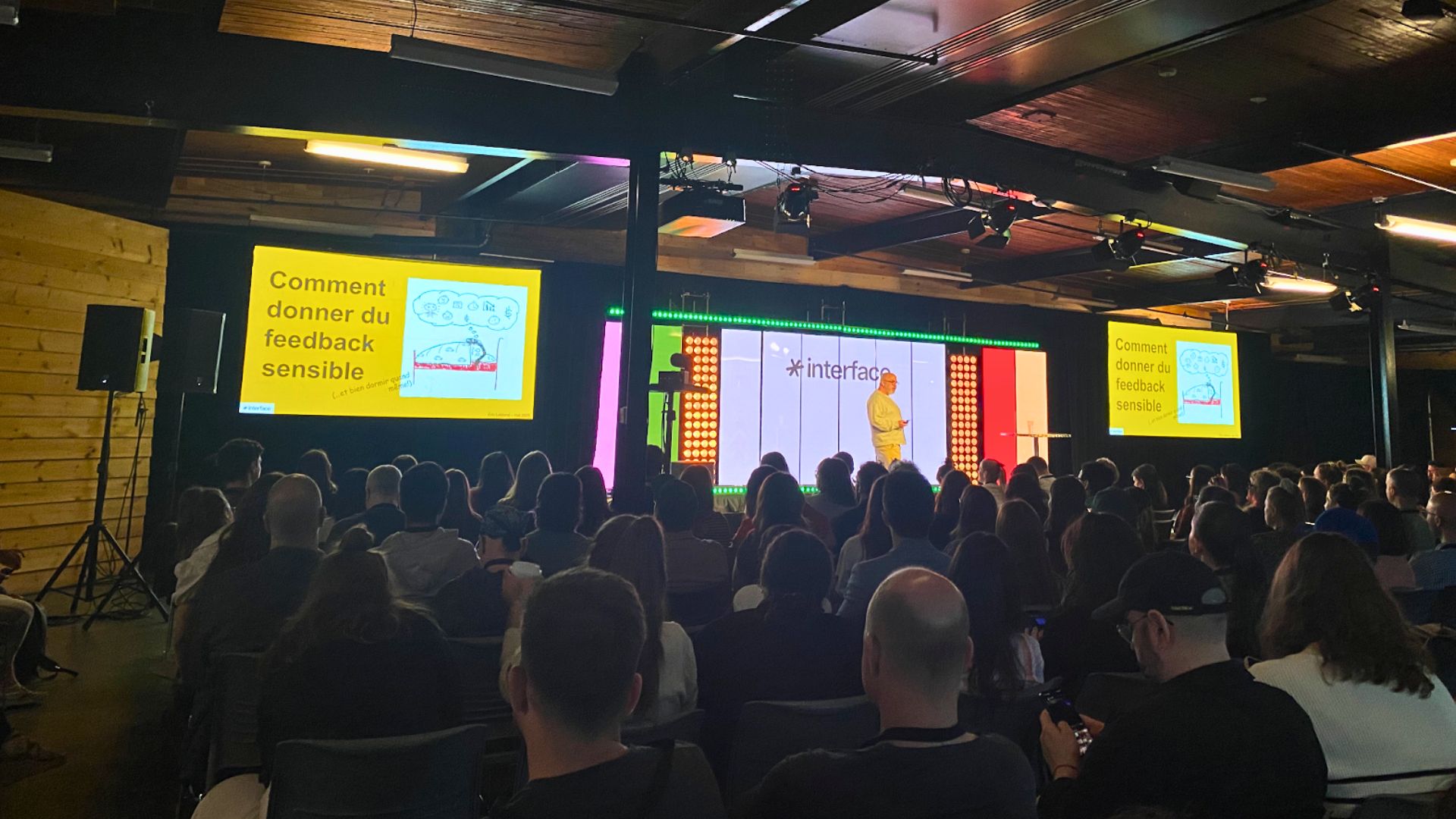Dans l’urgence, les enseignants ont rapidement organisé leur propre studio de vidéoconférence. Un arbre à chat servant de support pour iPad, une porte de frigo en guise de tableau blanc, un ordinateur portable juché sur une caisse de lait, tous les moyens sont bons pour soutenir les apprentissages de leurs élèves confinés. Le tout souvent sans micro ni éclairage adaptés. Malgré le côté artisanal des capsules vidéo réalisées par plusieurs, de nombreuses ont porté fruit. Est-ce à dire que la qualité importe peu aux yeux des jeunes? En grande partie oui, selon Sarah Dart, doctorante au Queensland University of Technology en Australie.
Dans cet article paru dans The Conversation, la chercheuse s’est intéressée aux caractéristiques des vidéos pédagogiques qui ont une réelle valeur aux yeux des étudiants. Après avoir présenté différents types de vidéos montrant des techniques de résolution de problèmes mathématiques, elle a validé leur impact sur la compréhension des étudiants. Puis elle a demandé à ses étudiants ce qu’ils aimaient et n’aimaient pas des vidéos pédagogiques. Elle a retenu les caractéristiques qui revenaient le plus souvent.
1. Ton conversationnel
Peut-être pour se rapprocher d’une véritable relation maître-élève, les jeunes préfèrent que leur enseignant utilise un ton plus familier, comme s’il s’adressait à eux dans un échange verbal. L’humour capte leur attention et est toujours très apprécié.
2. Présence de narration
Les jeunes ont de loin préféré les vidéos avec narration par opposition à celles plus silencieuses. Par exemple, une démonstration de laboratoire sans explication du phénomène ou une résolution de problème mathématique sans entendre le raisonnement de l’enseignant n’atteindront pas leur but. Les élèves aiment lorsque l’enseignant verbalise son propre raisonnement pendant qu’il démontre ou explique un concept. Cela permet aux élèves de faire des liens et de valider leur compréhension.
3. Accessible facilement
Pour les jeunes, il est important d’accéder à l’information le plus facilement possible. Voilà pourquoi les vidéos sur YouTube sont préférées à celles classées dans Moodle, par exemple. De plus, il semble qu’un moteur de recherche puissant soit toujours mieux qu’un bon système de classement.
4. Disponible en tout temps
L’avantage indéniable de l’enseignement asynchrone, c’est qu’il est possible d’accéder à l’information au moment où l’étudiant le désire. Il peut aussi reprendre certaines parties autant de fois que nécessaire. Selon la chercheuse, 90 % de ses étudiants ont eu recours à cette stratégie pour résoudre les problèmes proposés.
5. Sujet concis et précis
Les élèves apprécient que l’information recherchée soit facile à repérer. Ainsi les capsules n’évoquant qu’un seul sujet et portant des titres évocateurs seront davantage utilisées. Une vidéo plus longue pourrait comporter un minutage précis facilitant le repérage.
6. Des liens entre le contenu et l’évaluation
Pour être considérée comme utile, l’élève doit sentir que la capsule vidéo est en lien avec le contenu de l’évaluation à venir. Autrement dit, le matériel facultatif représente peu d’intérêt.
7. De courte durée
Cette autre étude du Barnard College de New York arrive à peu près aux mêmes conclusions que la précédente. Elle ajoute cependant une autre caractéristique jugée importante : les capsules pédagogiques d’une durée maximale de 4 minutes sont préférées à celles de plus longue durée. L’étude ayant porté sur des étudiants universitaires, il est raisonnable de penser qu’au primaire et au secondaire, la durée devrait être encore plus courte.
Ces deux études démontrent que les caractéristiques les plus importantes d’une vidéo éducative sont plus pédagogiques que techniques. Certes, il faut une qualité sonore et vidéo minimale, mais aujourd’hui, la majorité des appareils mobiles peuvent la fournir. Bien que les études citées se soient intéressées à des étudiants universitaires, leurs résultats devraient rassurer les enseignants qui n’osaient pas se lancer, parce que peu expérimentés ou mal équipés. Inutile de chercher la perfection. Et quand on y pense, les résultats de ces deux études ne sont pas si surprenants, considérant que les bancs d’école sont occupés par la génération YouTube et TikTok.














